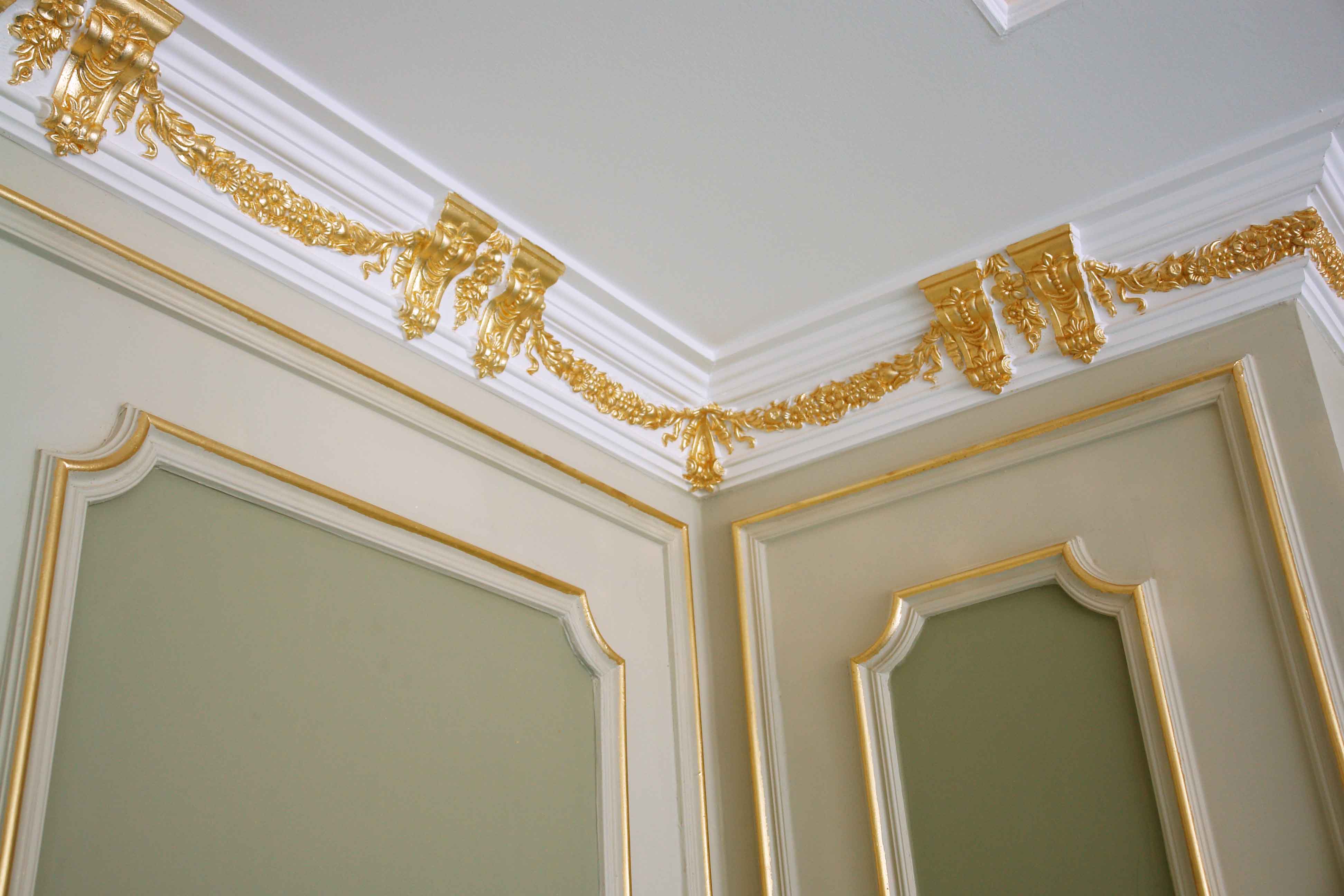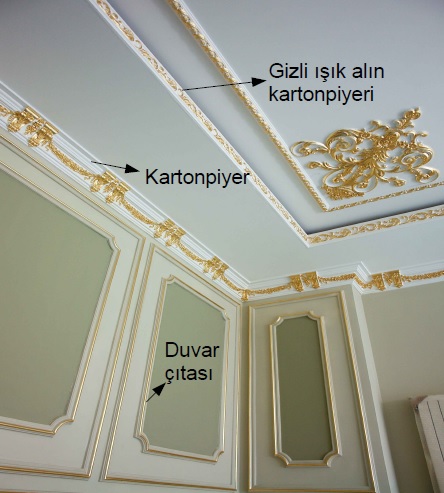What is Cornice - 1

What is Cornice - 1

Cornice is a term derived from the French word “carton-pierre.” Etymologically, it means petrified cardboard. It refers to the process of covering cardboard molds with plaster to resemble stone.

|
Although it is used as a general term for all interior decoration products made of plaster, since there is no other word in our language, cornice refers to the architectural element that extends horizontally at the junction of the ceiling and wall in interior decoration. |
Besides concealing irregularities at wall-ceiling joints, cornices complete and enrich the aesthetics of a space by filling “gaps.” They serve many functions, such as a crown above a fireplace or cabinet, a detail shaping hidden light recesses, or a capital atop columns. Cornices can come in a wide variety of patterns, shapes, and sizes and can be made from materials such as plaster, wood, styrofoam, or polyurethane.
The History of Cornice

|
In ancient times, cornices began to be carved from stone and reflected the architectural features of each era and culture. The Egyptians were the first to create carvings called “cavetto” and “torus.” After that, cornice architecture developed around these concave and convex models. The ancient Greeks used elliptical, parabolic, and hyperbolic shapes. The Romans advanced the Greek architecture they inherited, creating models with semicircular and quarter-circle forms that have lasted to the present day. |
In the 16th century, the variety of cornices became much richer. Roman-era models and architecture regained strength. In the 1850s, with the development of planing machines, carpenters began mass production. For example, each small piece in the “dentil” model was carved, sanded, nailed into place, and produced quickly.

“Dentil” model
In the 19th century, thanks to mass production, cornice work became widespread and started to enter homes. The “Victorian era architecture” of this period brought about a variety of eclectic models by using Classical, Romanesque, Gothic, and Renaissance motifs. In our upcoming articles, we will explain the period-specific models in more detail.
